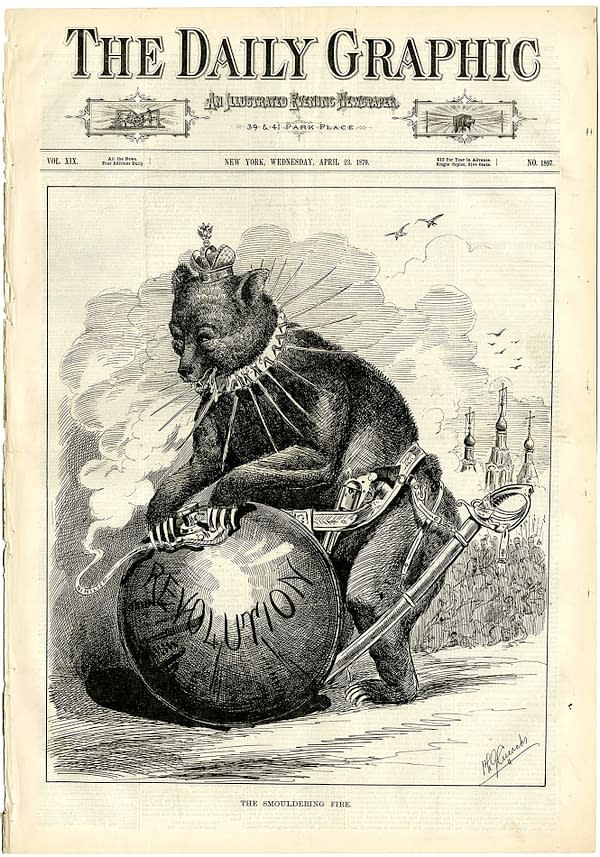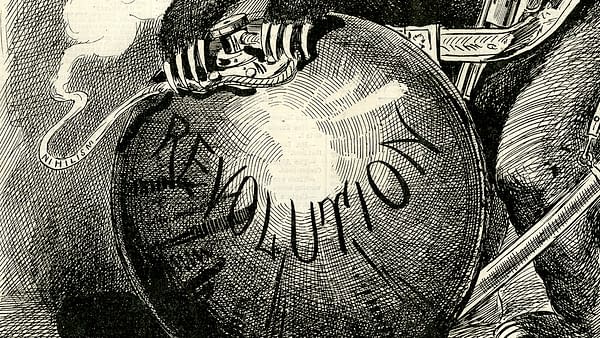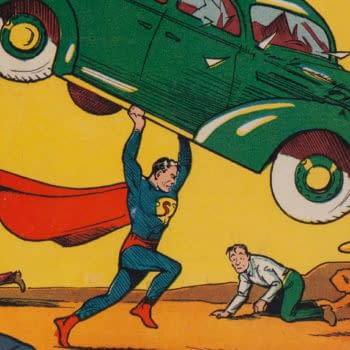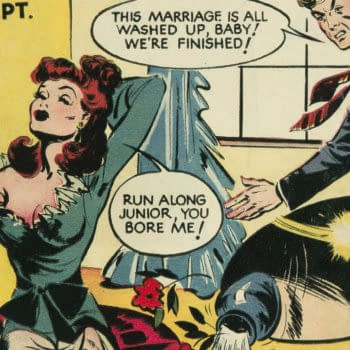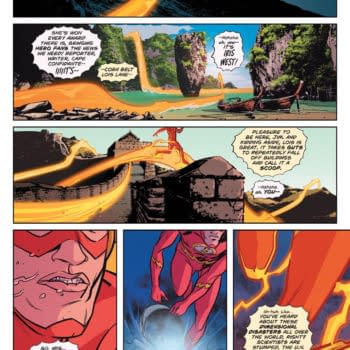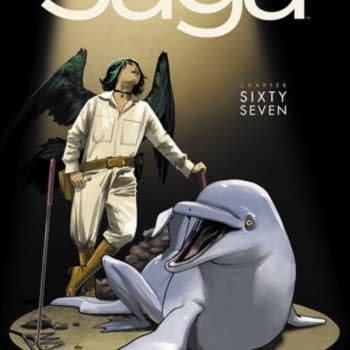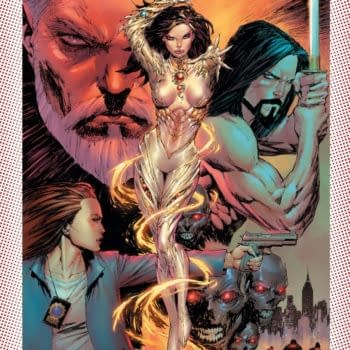Posted in: Comics, Vintage Paper | Tagged: daily graphic, nihilism, revolution, russia, the issue
THE ISSUE: A Vintage Daily Graphic in 1879, "The Smoldering Fire"
Welcome to a regular column about vintage comics and other vintage periodicals from throughout world history that I'm calling The Issue. The idea behind The Issue is simple: for each post, I'll choose something from my collection and talk about what's going on in it, and/or discuss the publishers and creators behind it. And essentially I'm just going to end up stepping through comics history one issue at a time. There is just one rule in The Issue: No recent stuff. Everything will be from before 1940, and most of it will be from before 1920. In this issue:
The Daily Graphic No. 1897, April 23, 1879
Vintage Paper Fire
The first few sparks of what the political cartoon on the cover of this issue of The Daily Graphic symbolizes began in Russia in 1861. Tsar Alexander II's Emancipation Manifesto was the beginning of the end of serfdom in the Russian Empire.
Russian serfs — who could be bought and sold by Russian Nobles up to that point — soon gained the "full rights of free [citizens]", including the right to acquire ownership of land and other property. While obviously an important step, as it is in all similar matters in world history of that era… the devil is in the details. While detailed records of this era in Russia are hard to come by, there's at the very least the perception among many of the freed serfs that they were worse off than before, as the Russian Nobles found new ways to limit their land ownership and other rights. Given that serfs were nearly 38% of the population, this naturally led to led to the start of an era of political agitators and radicals, and the start of the Nihilist movement (among others).
Daily Graphic and the New Men
Days before this issue of The Daily Graphic hit the newsstands of America, a man named Alexander Soloviev approached Tsar Alexander II as he walked towards Palace Square in St Petersburg and fired five shots at the Tsar with a revolver. Soloviev, who identified himself as a part of Russia's student Nihilist movement, missed Tsar Alexander II with every shot. Several bystanders were hit, however.
But the symbolism of this The Daily Graphic image would prove to be prophetic. Months later this same year, the Nihilist group calling themselves Narodnaya Volya ("People's Will"), made another attempt on Tsar Nicholas II by placing a bomb under his dining room at the Winter Palace. Never has a man been so happy to be late for dinner as the Tsar was that day. His luck wouldn't hold, however. On March 13, 1881, Alexander Volya used two bombs.
The first bomb failed to kill Tsar Alexander II. He was riding in an iron plate-lined bombproof carriage given to him by Napoleon III. He didn't anticipated that there'd be a second bomb, however. As he emerged shaken but essentially unharmed from his carriage, the second bomb was thrown. That one killed him. It was later discover that Narodnaya Volya also had a third bomber waiting in the crowd that day, in the event that both of the first two failed.
Five members of Narodnaya Volya were hanged for playing roles in the assassination of Tsar Alexander II. Some scholars consider this both the most notable accomplishment of the Nihilist movement, and also the end of it — due to the reaction it sparked from the Russian government. But I don't agree that this was the effective end of the Nihilist movement. More on that in another vintage Issue from the same era.


